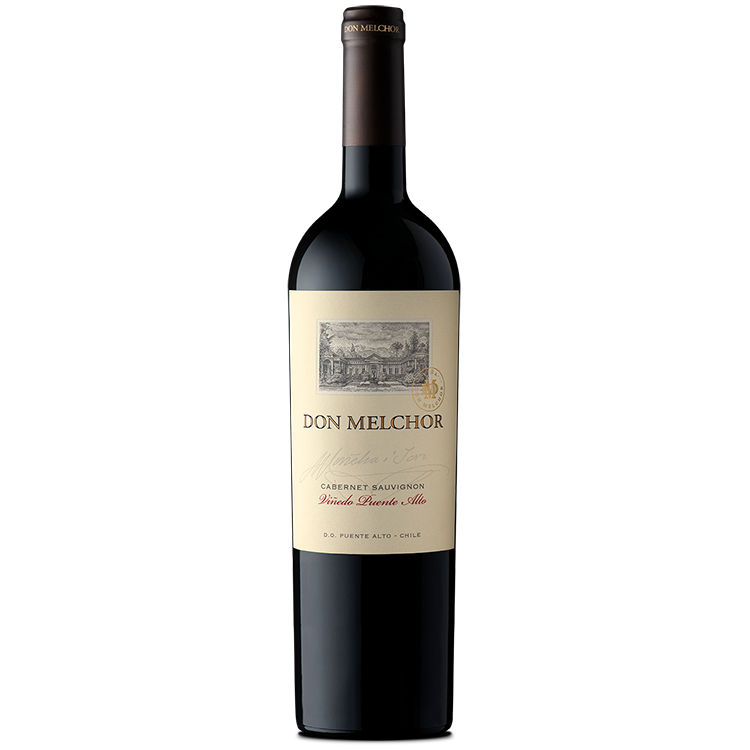Puente Alto, situated in the Maipo Valley, holds a rich history as one of the first regions in Chile to be recognized for its unique terroir and high-quality wine production. Located on the southern outskirts of Santiago, the area benefits from the Maipo River, which flows from the Andean peaks to the nearby Pacific Ocean, and the steep slopes of the lower Andes Mountains. At an altitude of approximately 700 meters (2300 feet), Puente Alto’s name, meaning ‘high bridge,’ stems from the presence of a bridge over the Maipo River.
The region’s terroir is heavily influenced by the Andes and the Maipo River. The alluvial soil, comprising rocks brought down from the Andes by the river, is dry and well-draining, encouraging the growth of small, concentrated berries. This soil characteristic, along with the diurnal temperature variation, contributes to the wines’ structure, firm tannins, and distinct minerality.
The climatic conditions, shaped by the Andes, play a vital role in the vineyards’ success. Morning shade from the rising sun over the mountains is followed by warm, sunny afternoons and cool nights, resulting from alpine winds. The altitude further slows the ripening process, contributing to a harmonious balance of flavors and acidity in the wines.
Cabernet Sauvignon is the dominant grape variety in Puente Alto, with its wines earning great recognition and commanding high prices in Chile. The region also produces commendable examples of Syrah, Carménère, and Chardonnay.
The fame of Puente Alto as a wine-producing area owes much to renowned names such as Almaviva and Don Melchor, which have elevated the region’s reputation. Another significant player, Viñedo Chadwick, solidified the region’s prestige by winning international competitions and awards, most notably the Berlin Tasting of 2004. This competition placed Viñedo Chadwick in the spotlight by triumphing over esteemed European wines, altering Chile’s image as a mere producer of ‘good-value Merlot.’



